**Note: This page is for educational inspiration and is not officially affiliated with International Dance Day. For official information, messages, and how to get involved, please visit the International Theatre Institute (ITI) website page for this day: www.international-dance-day.org
Wednesday 29th April 2026
Understanding International Dance Day in EYFS & KS1
Let's put on our dancing shoes and move our bodies to the music! 💃🕺 International Dance Day is a special day celebrated every year on April 29th. It was started in 1982 by a group called the Dance Committee of the International Theatre Institute (ITI), which works closely with UNESCO. This day is chosen to remember the birthday of a very famous French dancer named Jean-Georges Noverre, who helped create modern ballet. The main idea of this day is to celebrate dancing! It's a way for people all over the world to share their love of dance, no matter where they come from, because dancing is a language everyone can understand. Every year, a famous dancer is asked to share a special message for the day.
For early years settings, nurseries, preschools, childminders, and Year 1 and Year 2 classrooms, this day provides a fantastic and energetic theme for exploring expressive movement, physical development (gross motor skills), creativity, music and rhythm, emotions and feelings, and personal, social & emotional development (PSED) through self-expression. It's about encouraging children to move freely, explore different ways their bodies can move, express themselves through rhythm, and enjoy the universal joy of dance. This day offers wonderful planning ideas and inspiration for engaging activities that truly resonate with young minds, making learning through dance and movement both exhilarating and wonderfully creative!
Why Is Learning About Dance Important for Young Children?
Integrating International Dance Day and themes of dance and expressive movement into your practice with young children (aged 0-7) is incredibly important for developing physical skills, fostering creativity, and enhancing emotional expression.
Enhances Physical Development: Improves coordination, balance, flexibility, and gross motor skills.
Fosters Creativity & Self-Expression: Provides an outlet for children to express ideas, feelings, and imagination through movement.
Develops Musicality & Rhythm: Helps children understand and respond to different tempos, beats, and musical styles.
Boosts Confidence & Social Skills: Encourages participation, turn-taking, and collaboration in group dance activities.
Supports Emotional Release: Dance can be a powerful way for children to communicate and manage emotions.
Introduces Cultural Awareness: Exposes children to different dance styles and traditions from around the world.
Engaging Dance & Movement Activities for International Dance Day (0-7 Year Olds)
Let's groove, twirl, and jump for International Dance Day with these planning ideas and activities perfect for EYFS and KS1 children. The focus is on moving our bodies, expressing ourselves, and having fun through dance! Many of these early years and year 1 activities can be supported by our dedicated 'Expressive Movement', 'Exercise', and 'Sport and PE Games' resources.
Here's some inspiration for celebrating International Dance Day in your setting: (Please use your own discretion and knowledge of your children to ensure appropriateness of each activity and safety concerning any materials given and activity undertaken.)
Explore Different Ways to Move:
Encourage children to move their bodies in various ways. Use 'Animal Dance Cards', 'Animal Dance Cards - Adverbs', and 'Animal Dance Cards - Verbs' to inspire movement (e.g., "dance like a wobbly penguin," "gallop like a fast horse").
Use general movement challenge cards like 'Dinosaur Activity/Movement Challenge - Cartoon', 'Fairies - Activity/Movement Challenge Cards', 'Jack And The Beanstalk - Activity/Movement Challenge Cards’ and 'Jack And The Beanstalk - Activity/Movement Challenge Cards', 'Chinese/Lunar New Year Animal Activity Challenge', and 'Pirates Activity/Movement Challenge Cards'.
This links directly to our ‘Expressive Movement’ page.
Dance to Music:
Play different genres of music (fast, slow, classical, pop, world music) and encourage children to move freely to the rhythm.
Use scarves, ribbons, or props to enhance movement and expression.
Creative Dance & Storytelling:
Choose a story and encourage children to act out the plot through dance and movement, without words.
Have children create their own short dances to represent different emotions or parts of their day.
Active Games & Challenges:
Incorporate movement into games. Use 'Outdoor Play - Movement Prompt Cards' to inspire active play.
Set up a simple "dance challenge" or "talent show" where children can showcase their moves.
Connect to general exercise with 'Exercises - A4 Cards'.
Celebrate physical activity with 'PE Action - Colouring Sheets (Mindfulness)' and 'Kids Olympics'/'Sports Day' - Certificates'.
This links to our ‘Exercise’ and ‘Sport and PE Games’ pages.
Understanding Movement & The Body:
Discuss how our bodies move and what muscles we use when we dance.
Talk about how different movements can make us feel happy, excited, or calm.
Explore More: Visit our ‘Expressive Movement’ page for more ‘Activity/Movement Cards’ such as 'Jack And The Beanstalk - Activity/Movement Challenge Cards' and 'Pirates Activity/Movement Challenge Cards'. You may also like to explore additional pages covering relevant and/or connected themes such as ‘Exercise’, and ‘Sport and PE Games’.
These activities offer great inspiration for making International Dance Day a memorable and impactful experience in your early years and Key Stage One setting, fostering physical development, creative expression, musicality, and a lifelong appreciation for the joy and power of dance.
To explore ideas surrounding additional early years events, please visit our 'Special Dates Calendar' page.
Printable resources to support teaching & learning surrounding: ‘International Dance Day’
Free ‘Dance’ and ‘Movement’ related EYFS & KS1 activities:
‘Dance’ and ‘Movement’ related EYFS & KS1 activities:
Visit our ‘Expressive Movement’ page for more ‘Activity/Movement Cards’ such as these:
Additional Pages you may like to explore which cover relevant &/or Connected themes
More Early Years Event Pages for April
Explore special dates (including awareness dates, festivals, celebrations & events) relevant to your EYFS & KS1 children
Browse our ‘Special Dates Calendar’ page using the link below. You’ll find calendars for every month of the year to aid your planning!
SEARCH ‘LITTLE OWLS Resources’ USING THE FOLLOWING MENU BUTTONS…
Disclaimer:
This page is for educational purposes only and is intended to support early years and primary practitioners with ideas and resources related to 'International Dance Day'. We are not officially affiliated with or endorsed by the International Theatre Institute (ITI), which established this event. We do not claim any rights to specific trademarks or official materials associated with this event. For official information, messages, and to learn more about this global celebration of dance, please visit the International Theatre Institute (ITI) website: www.iti-worldwide.org/internationaldanceday.html.














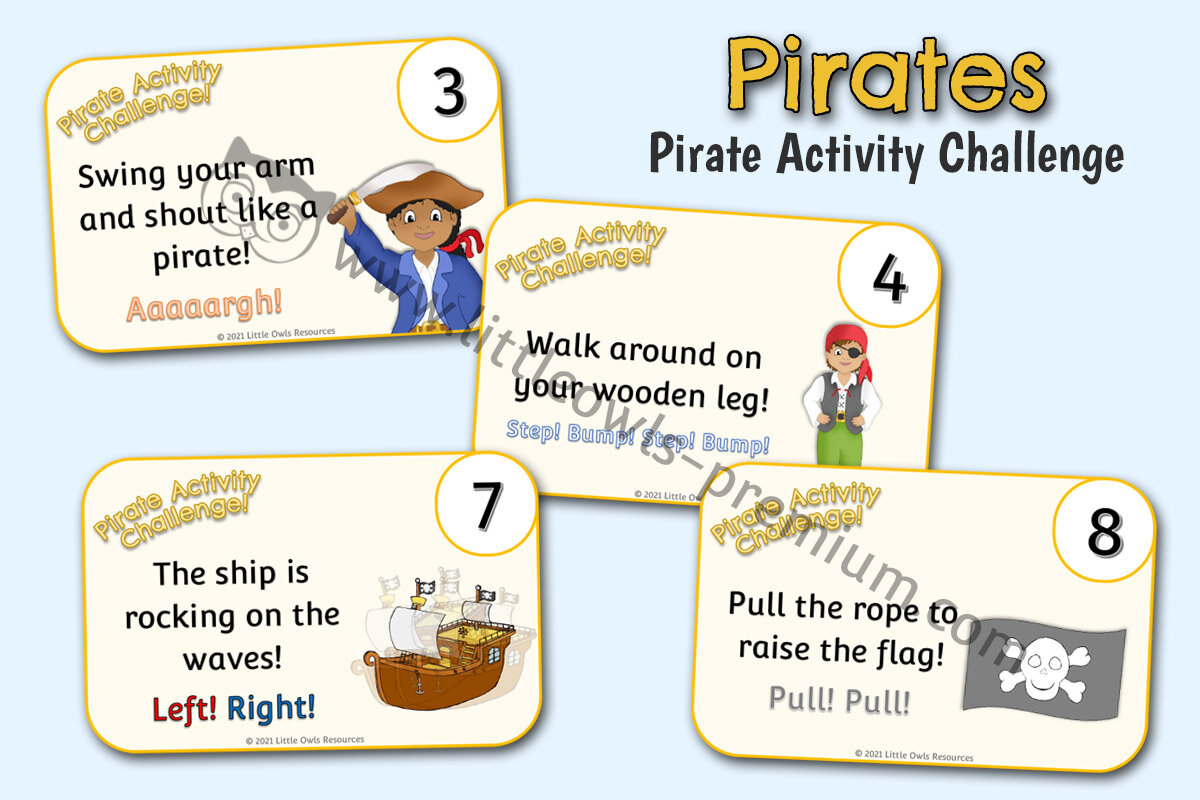





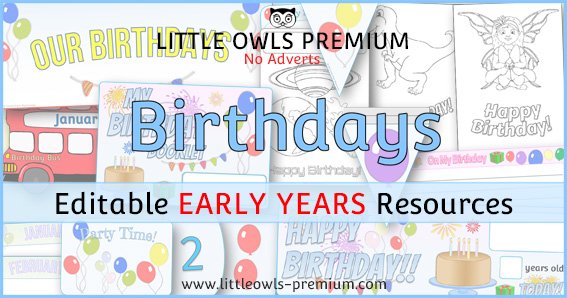
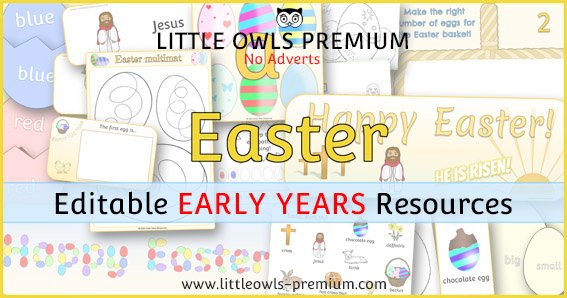

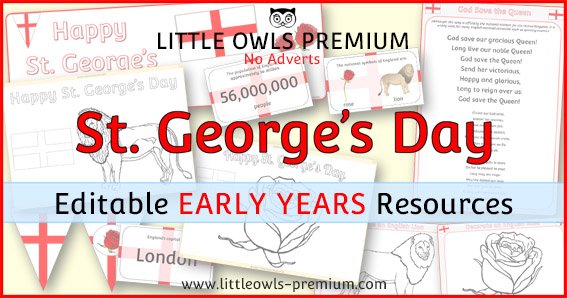











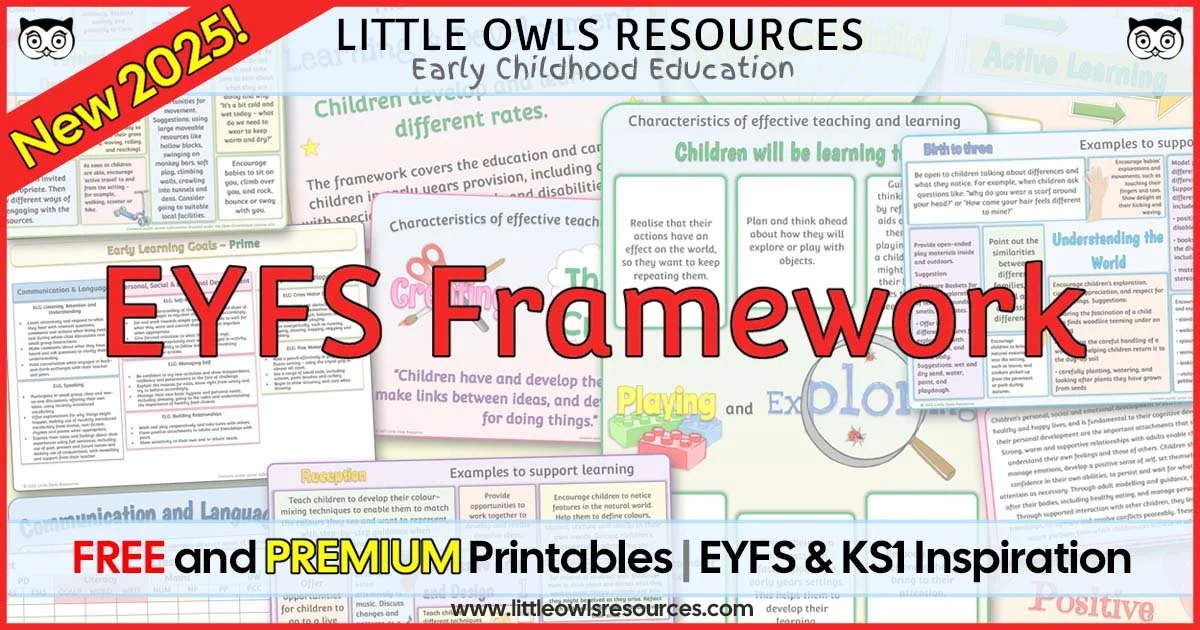

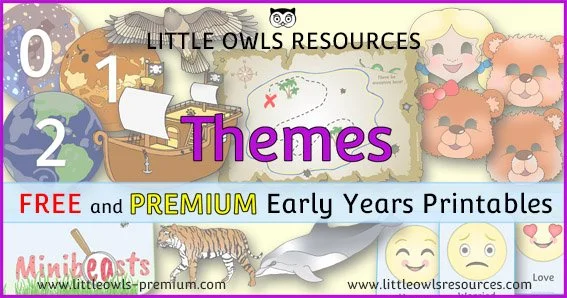

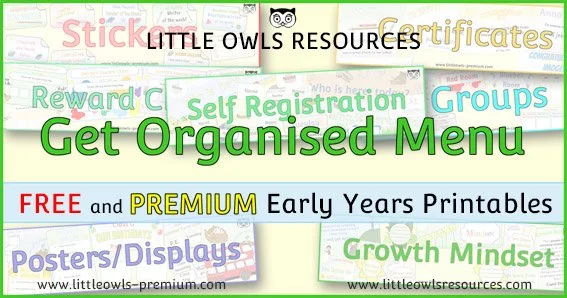

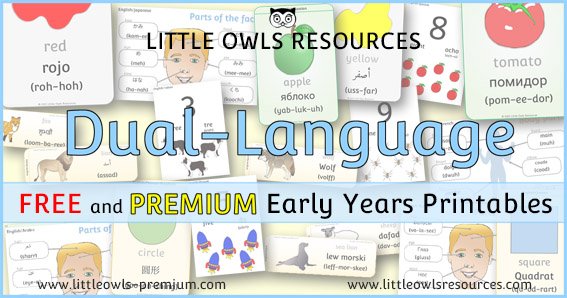
Let's put on our dancing shoes and move our bodies to the music! 💃🕺 International Dance Day is a special day celebrated every year on April 29th. It was started in 1982 by a group called the…